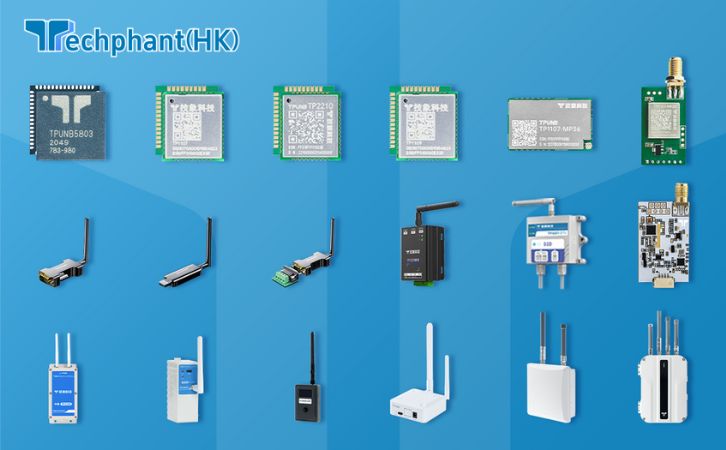Personnel positioning systems, utilizing technologies like GPS, RFID, Bluetooth Low Energy (BLE), and Ultra-Wideband (UWB), have transformed workplace management by enabling real-time tracking of employees. These systems enhance safety, optimize workflows, and improve emergency responses across industries such as healthcare, construction, and manufacturing. However, their implementation is not without challenges. This article explores four key challenges and limitations of personnel positioning systems, detailing their technical, operational, and ethical implications, and discusses strategies to mitigate these issues.
I. Accuracy Constraints in Complex Environments
One of the primary challenges of personnel positioning systems is achieving consistent accuracy, particularly in complex environments. GPS, while effective outdoors, struggles indoors or in areas with obstructions like tall buildings or dense foliage, where satellite signals are blocked, resulting in accuracy drops from 5–10 meters to complete signal loss. For indoor settings, BLE and RFID offer solutions, but their accuracy—typically 1–3 meters for BLE and proximity-based for RFID—can be compromised by physical barriers like walls, metal equipment, or electromagnetic interference from machinery.
For example, in a hospital, BLE signals may weaken in areas with dense medical equipment, leading to inaccurate staff tracking. UWB provides sub-meter precision but requires a dense network of anchors, which may not be feasible in sprawling facilities. These accuracy limitations can undermine critical applications, such as locating a worker during an emergency in a mine. Mitigation strategies include hybrid systems combining multiple technologies (e.g., BLE and UWB) and advanced algorithms to filter noise, though these increase complexity and cost.
II. High Deployment and Maintenance Costs
The financial burden of deploying and maintaining personnel positioning systems is a significant limitation, particularly for small and medium-sized organizations. UWB systems, while highly accurate, require expensive hardware, including tags and anchors, with installation costs often exceeding $50,000 for a medium-sized facility. RFID and BLE are more affordable but still involve substantial upfront costs for infrastructure, such as readers or beacons, and ongoing expenses for battery replacements and software updates.
In industries like manufacturing, where facilities may span thousands of square meters, scaling these systems can be cost-prohibitive. Maintenance challenges, such as recalibrating beacons or replacing faulty tags, further add to operational costs. For instance, a 2024 study estimated that maintaining a BLE-based system in a large warehouse costs $10,000 annually. Organizations can mitigate costs by prioritizing scalable technologies, leasing equipment, or using cloud-based software to reduce on-site maintenance, but these solutions may not fully address budget constraints for smaller enterprises.
III. Battery Life and Device Reliability
Battery life and device reliability pose significant operational challenges for personnel positioning systems, particularly for wearable devices like tags or badges. Active RFID and UWB tags, which require power to transmit signals, often have battery lives ranging from a few months to a year, depending on usage. In high-intensity environments like construction sites, frequent recharging or replacement disrupts operations and increases costs. BLE devices are more energy-efficient but still require regular maintenance, especially in systems demanding continuous real-time tracking.
Device reliability is another concern, as tags exposed to harsh conditions—such as extreme temperatures in mines or moisture in healthcare settings—may fail prematurely. For example, a faulty RFID tag in a hospital could prevent a nurse from being located during an emergency, compromising patient care. Solutions like ruggedized devices or low-power modes can extend battery life and reliability, but these often come at a higher cost or reduced performance, requiring organizations to balance trade-offs between durability and functionality.
IV. Privacy and Ethical Concerns
Privacy and ethical issues are critical limitations of personnel positioning systems, as constant monitoring can raise concerns among employees about surveillance and data misuse. Tracking systems that log detailed movement data, such as BLE or UWB, may be perceived as intrusive, potentially lowering morale or trust. In healthcare, for instance, staff may worry that location data could be used to evaluate performance or enforce disciplinary measures, leading to resistance against adoption.
Compliance with data protection regulations, such as GDPR in Europe or HIPAA in the U.S., adds complexity, as organizations must ensure that location data is securely stored and anonymized when necessary. A 2023 survey found that 60% of employees in tracked workplaces expressed concerns about data privacy. To address these issues, organizations can implement transparent policies, limit data collection to essential use cases, and use encryption to protect sensitive information. However, balancing monitoring needs with employee privacy remains a delicate ethical challenge.
Conclusion
Personnel positioning systems offer transformative benefits for workplace safety and efficiency but face significant challenges, including accuracy constraints in complex environments, high deployment and maintenance costs, battery life and device reliability issues, and privacy concerns. These limitations require careful consideration when implementing systems, as they can impact effectiveness and user acceptance. By adopting hybrid technologies, optimizing infrastructure, using durable devices, and prioritizing transparent data policies, organizations can mitigate these challenges. As advancements in AI, IoT, and low-power technologies continue, future positioning systems may overcome these hurdles, offering more reliable, cost-effective, and ethically sound solutions for workforce management.


